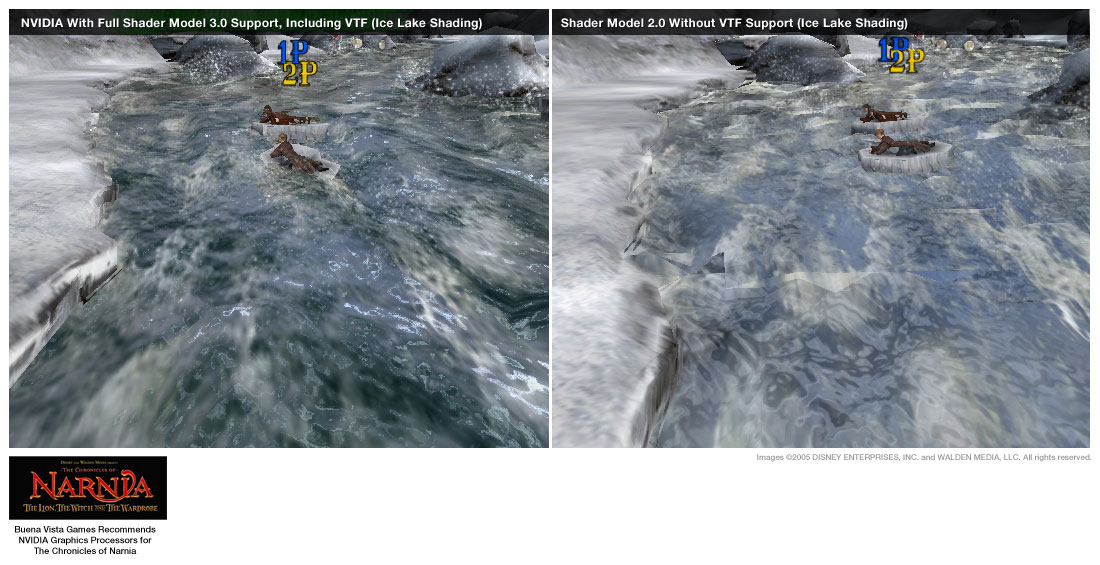Shader Model 3.0
Shader model 3.0 free download - BizTalk Accelerator for HIPAA 3.0 Product Documentation Update, Web Services Enhancements 3.0 Hands On Lab - Exploring Security, Creo Elements/Direct Modeling. Farming Simulator 2013 Shader Model 3.0 Required Fix - Duration: 5:33. ProGTA Vids 70,039 views. Comment faire marcher tous jeux sur une ancienne carte graphique!!
The first shader-capable GPUs only supported pixel shading, but vertex shaders were quickly introduced once developers realized the power of shaders. The first video card with programmable pixel shader was the Nvidia GeForce 3 (NV20), released in 2000. Geometry shaders were introduced with Direct3D 10 and OpenGL 3.2. Eventually graphics hardware evolved toward a. Design [ ] Shaders are simple programs that describe the traits of either a or a. Vertex shaders describe the traits (position,, colors, etc.) of a vertex, while pixel shaders describe the traits (color, and value) of a pixel. A vertex shader is called for each vertex in a (possibly after ); thus one vertex in, one (updated) vertex out.
• Model #: AMER-11590000/635 • Item #: N1081 • Return Policy.
As evolved, major graphics software libraries such as and began to support shaders. The first shader-capable GPUs only supported pixel shading, but vertex shaders were quickly introduced once developers realized the power of shaders.
Shader Model 3.0 Farming 17
So I'd take 13 (I checked, it is the correct number) change it into a.bak, then copy 19 and rename it to 13. So then I should have: shaderpackage13.bak shaderpackage13.sdp (which was previously 19) shaderpackage19.sdp Plus all the other packages. That is correct. Does it matter where the original 19 goes? I ask simply because I'm not sure if there would be an effect from having duplicate files in the same directory, even if their names are different. No, it doesn't matter. Only one shader is used: the number referred to in renderinfo.txt (13 in your case).
Displacement mapping only alters the object's geometry in the rendered image and not the scene, so you can create highly complex objects without having to actually model them. The two pictures at the bottom show us another statue in this game of an elephant. When you move close to the elephant you can see that there is a very detailed shader effect being applied to it with Shader Model 2.0. In another apples and realworld oranges comparison, we have to think our SM2.0 staircase looks a bit more realistic than the SM3.0. The SM3.0 staircase does show Displacement mapping being used on some of the stones forming the wall, but it looks as though little was done with SM3.0 to bring reality to the example. Another comparison we wanted to point out that is a basic scene with little discernable difference between SM3.0 and SM2.0.
These screenshots compare Shader Model 3.0 to Shader Model 1.1. The most important comparison on everyoneآ’s minds is will there be any image quality differences between Shader Model 3.0 versus Shader Model 2.0. Here is all of what NVIDIA PR had to say about the screenshots when they released them. The following before-and-after images are from the CryEngine. Autocom cdp+ free software download. Developer Crytek uses Shader Model 3.0 techniques (vs.

All of these effects can be combined to create intricate, detailed, true-to-life scenes that completely immerse you in the game environment. NVIDIA CineFX 3.0 is poised to unleash a new level of programming creativity. With full DirectX 9.0 Shader Model 3.0 support, the newest GeForce GPUs will soon power a new generation of games with unmatched realism, digital worlds with mind-blowing complexity, and lifelike characters that move through cinematic-quality environments. Previously, highly complex effects were not possible without sacrificing performance and precision, because of long shader programs that required many computational passes. Now, with the NVIDIA GeForce 6 Series and its CineFX 3.0 engine, groundbreaking effects can be created without compromising performance.
2D Shaders [ ] 2D shaders act on, also called in computer graphics work. They modify attributes of. 2D shaders may take part in rendering 3D geometry. Currently the only 2D shader types are pixel shaders. Pixel shaders [ ] Pixel shaders, also known as shaders, compute and other attributes of each 'fragment' - a unit of rendering work affecting at most a single output. The simplest kinds of pixel shaders output one screen as a color value; more complex shaders with multiple inputs/outputs are also possible. Pixel shaders range from always outputting the same color, to applying a lighting value, to doing,,, translucency and other phenomena.